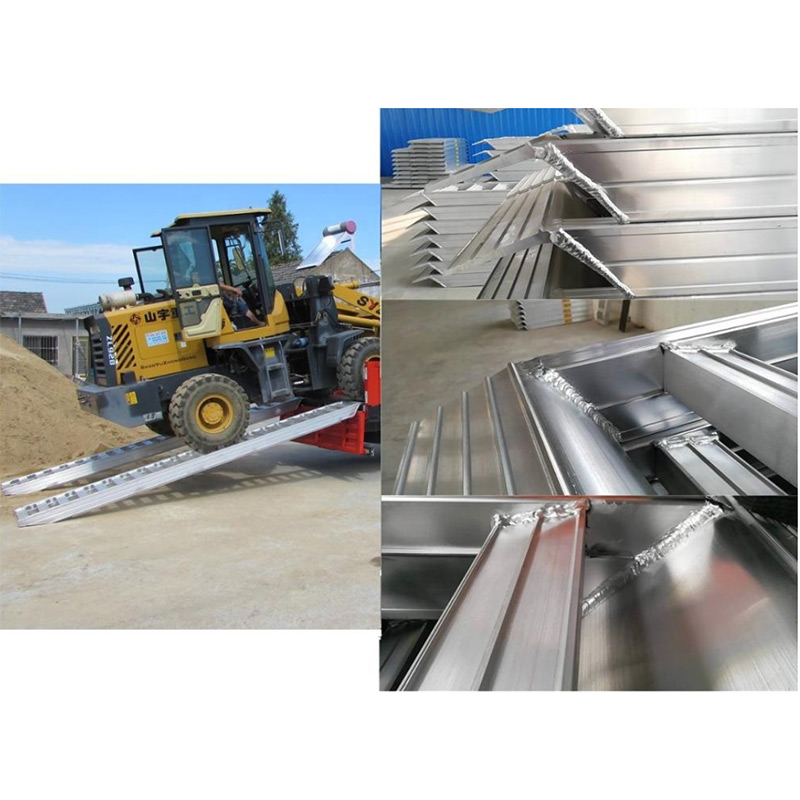Features and Considerations for Heavy Duty Vehicle Loading Ramps
2024-03-30
A heavy-duty vehicle loading ramp is a specialized ramp designed to facilitate the loading and unloading of heavy equipment, machinery, vehicles, or other large items onto and off of trucks, trailers, or loading docks. These ramps are typically constructed from durable materials such as steel or aluminum and are engineered to withstand heavy loads and frequent use. Here are some key features and considerations for heavy-duty vehicle loading ramps:
1. Weight Capacity: Heavy-duty loading ramps are designed to support substantial weight capacities to accommodate the loading and unloading of heavy equipment and vehicles. The weight capacity should be carefully matched to the anticipated loads to ensure safety and stability during use.
2. Construction Material: Steel and aluminum are common materials used in the construction of heavy-duty loading ramps due to their strength, durability, and resistance to corrosion. Steel ramps offer maximum strength and durability, while aluminum ramps are lighter in weight and corrosion-resistant.
3. Surface Traction: The surface of the loading ramp should provide adequate traction to prevent slippage and ensure safe loading and unloading operations, especially in wet or slippery conditions. Textured or serrated surfaces, as well as non-slip coatings, can enhance traction and grip.
4. Length and Width: The length and width of the loading ramp should be sufficient to accommodate the size and dimensions of the vehicles or equipment being loaded and unloaded. Longer ramps provide a gentler incline, reducing the risk of bottoming out or scraping during loading.
5. Safety Features: Heavy-duty loading ramps may incorporate various safety features to enhance stability and prevent accidents during use. This can include guardrails, safety chains, wheel chocks, and other safety accessories to secure the ramp and prevent shifting or movement.
6. Adjustability: Some heavy-duty loading ramps offer adjustable height or incline options to accommodate different loading requirements or variations in vehicle heights. This flexibility can improve versatility and ease of use in various loading scenarios.
7. Portability and Storage: Depending on the application, portability and ease of storage may be important factors to consider. Foldable or telescoping loading ramps can be more convenient for transportation and storage when not in use.
8. Compliance and Regulations: Ensure that the heavy-duty loading ramp complies with relevant safety standards and regulations, such as those set forth by OSHA (Occupational Safety and Health Administration) or other governing bodies, to ensure safe operation and compliance with legal requirements.
By considering these features and factors, you can select a heavy-duty vehicle loading ramp that meets your specific loading requirements and provides safe and efficient loading and unloading operations for heavy equipment and vehicles.



